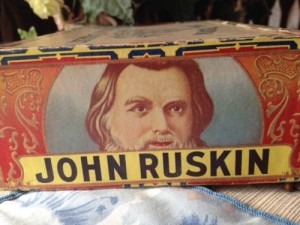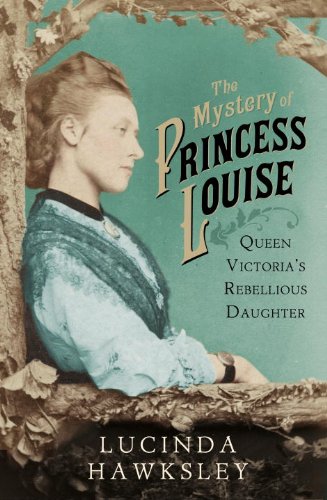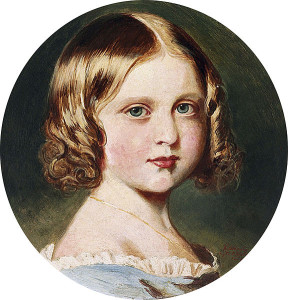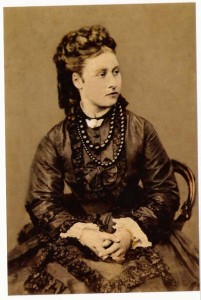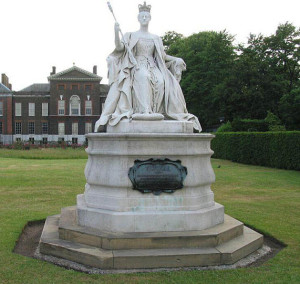It sates itself on the life-blood
Of fated men,
Paints red the powers’ homes
With crimson gore.
Black become the sun’s beams
In the summers that follow,
Weathers all treacherous.
Do you still seek to know? And what?
– Völuspá
February the 22nd 2014: Ragnarok – the Viking apocalypse.
The Doom of the Gods is coming. I love a good apocalypse, and this one has magnificent shieldmaidens and mandatory mead. So, with the proviso that the Vikings are about a thousand years past my historical comfort zone, I thought I’d try my hand at a couple of Old Norse recipes to celebrate the final destiny of the Gods “before the world goes headlong”.
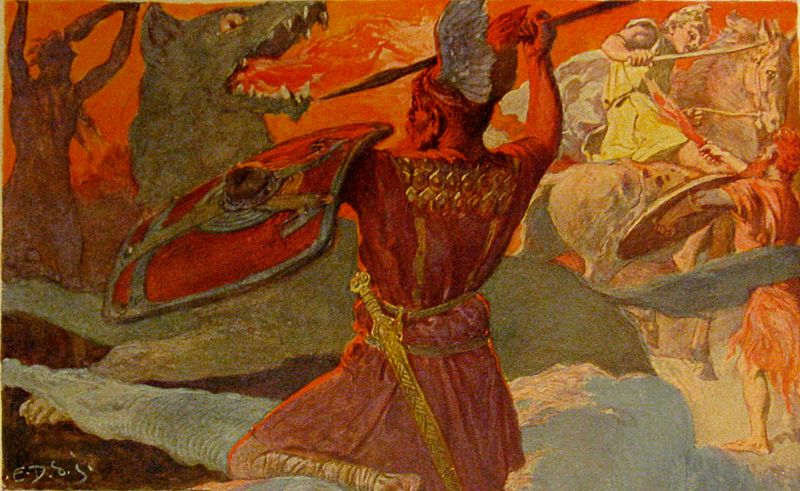
Odin and Fenriswolf, Freyr and Surt by Emil Doepler (1905)
The Vikings liked their sweets, and most of their ‘dessert’ recipes are recognisable today: there’s a yoghurty substance called färskost, fruit pancakes (did they flip them, I wonder?), and a custardy sauce charmingly called ‘creme bastarde’. I made the honey nut cake for after honey-roasted chicken with soda bread, both of which are in the linked PDF (with sources on the final page). All that protein and carbohydrate – perfect before heading West and ransacking a Northumbrian village.
(I’ve done my best to convert American ‘cups’ into metric here. That was the hardest part, and it’s probably still wrong.)
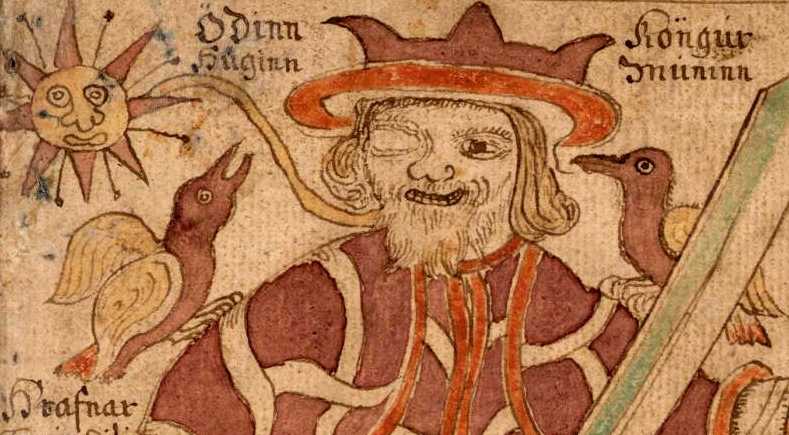
Ravens Hugin and Munin on Odin’s shoulders. Illustration from an 18th-century Icelandic manuscript.
Honey Nut Cake
100g hazelnuts
100g walnuts
140g dried apple
350ml of honey
2-4 eggs, depending on how massive your baking tray is.
Preheat the oven to 175 C. Finely chop the hazelnuts and apple. Mix the nuts, apple and honey in a bowl. Whisk in the eggs. Spread the mixture on a greased baking tray, preferably one with deep sides as the mixture gets a bit lively. Bake on the middle shelf of your authentic Viking fan-assisted oven for approximately 15 minutes. Leave it to cool on the tray. It should smell like a fruity sponge pudding and look like those bags of hot honeyed nuts you find in the Mediterranean.
Honey Cream
300ml whipping cream
Handful of lingonberries (I used dried cranberries – there were no cranberries in 10th century Denmark, but lingonberries go for around £45 a kilo in the UK, and I haven’t recently robbed a monastery.)
150ml of honey (At this stage, I felt as if I’d used up the planet’s supply of honey. It could either be my maths, or just that the Vikings were just wild about sweets).
Mix the cream and honey in a pan. Simmer the mixture while whisking until it thickens. Spread the honey cream over the finished cake. It doesn’t say what to do with the berries, so I sprinkled them on top. Rejoice.
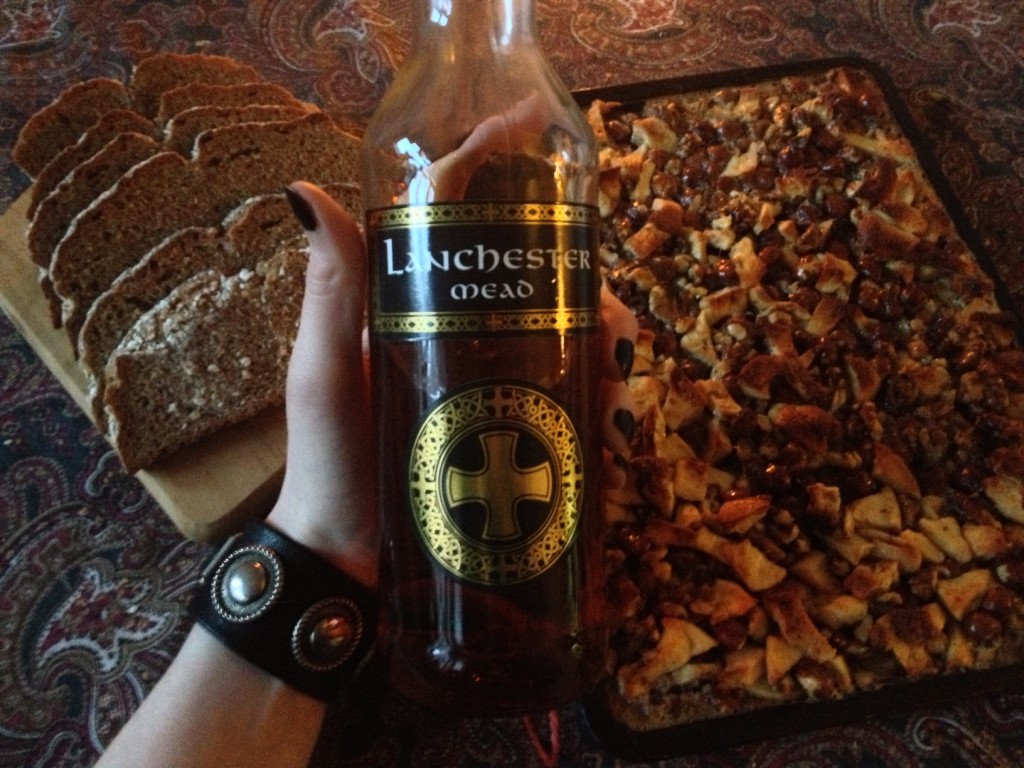
Mead. Bread. Cake. Metal.
Don’t forget your mead. If there’s anything historical romance novels have taught me it’s that if you’re about to enter into an arranged marriage with a duke you personally despise, a gallon of mead is just what the apothecary ordered, shortly before flinging yourself off a tower. You can make your own, but buying a bottle frees up more of your time for pondering the smell of burning sheepskin and the martyrdom of Saint Cuthbert.
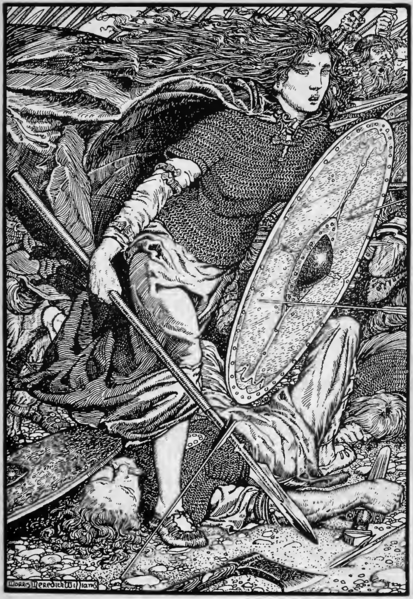
Shieldmaiden Lagertha by Morris Meredith Williams (1913)
Shieldmaiden Lagertha: “A skilled Amazon, who, though a maiden, had the courage of a man, and fought in front among the bravest with her hair loose over her shoulders. All marvelled at her matchless deeds, for her locks flying down her back betrayed that she was a woman.” – Saxo
I’ll bet Lagertha’s honey cake was a riot.
Skål!

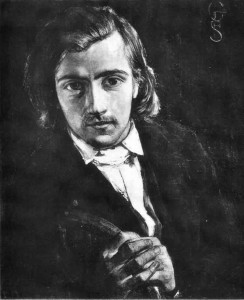
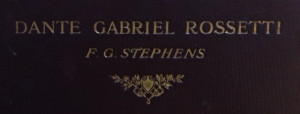

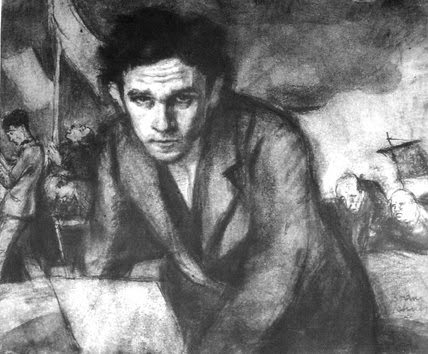 I first became aware of Schulz through the Brothers Quay 1986 film of his short story collection,
I first became aware of Schulz through the Brothers Quay 1986 film of his short story collection, 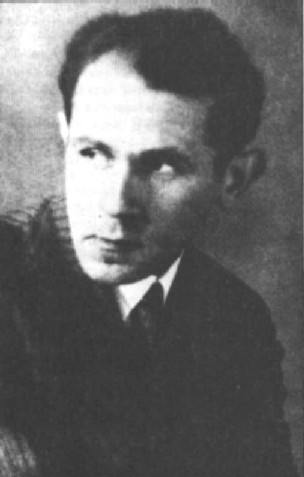 He is sensitive without being sentimental, as if conscious that the rules of his world are not the same as his neighbours:
He is sensitive without being sentimental, as if conscious that the rules of his world are not the same as his neighbours: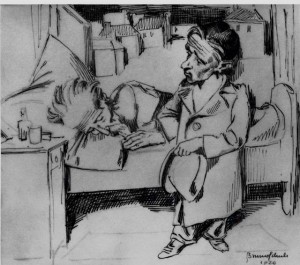
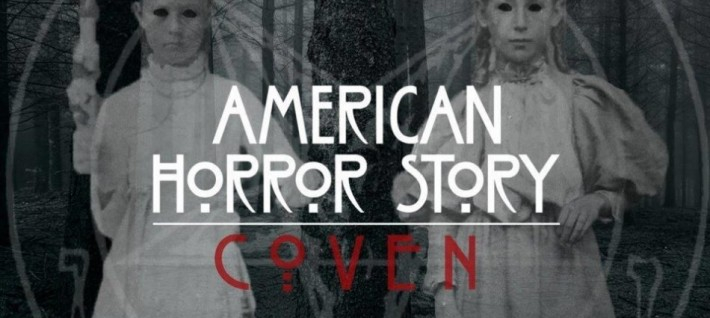
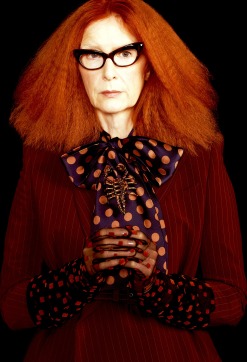
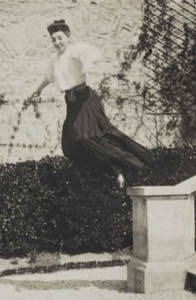
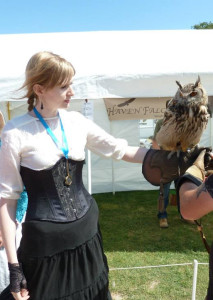
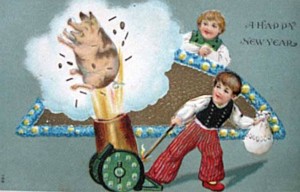 But, because I’m feeling disgustingly optimistic at present, my 2014 resolution is to keep striving, keep learning, and above all, as always, keep writing. Rossetti had a lifelong habit of trying to accomplish ‘something in some branch of work’ every day, whether that meant poetry, painting, translation or illustration, and when he wasn’t working – or when he was depressed and unable to work – he was reading, observing, taking things in. As I said on
But, because I’m feeling disgustingly optimistic at present, my 2014 resolution is to keep striving, keep learning, and above all, as always, keep writing. Rossetti had a lifelong habit of trying to accomplish ‘something in some branch of work’ every day, whether that meant poetry, painting, translation or illustration, and when he wasn’t working – or when he was depressed and unable to work – he was reading, observing, taking things in. As I said on 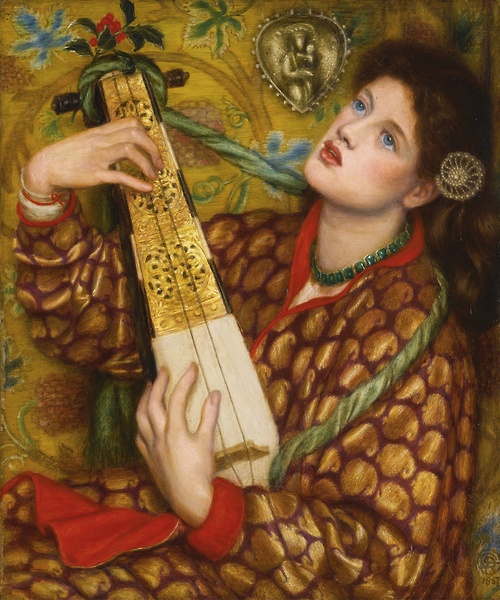
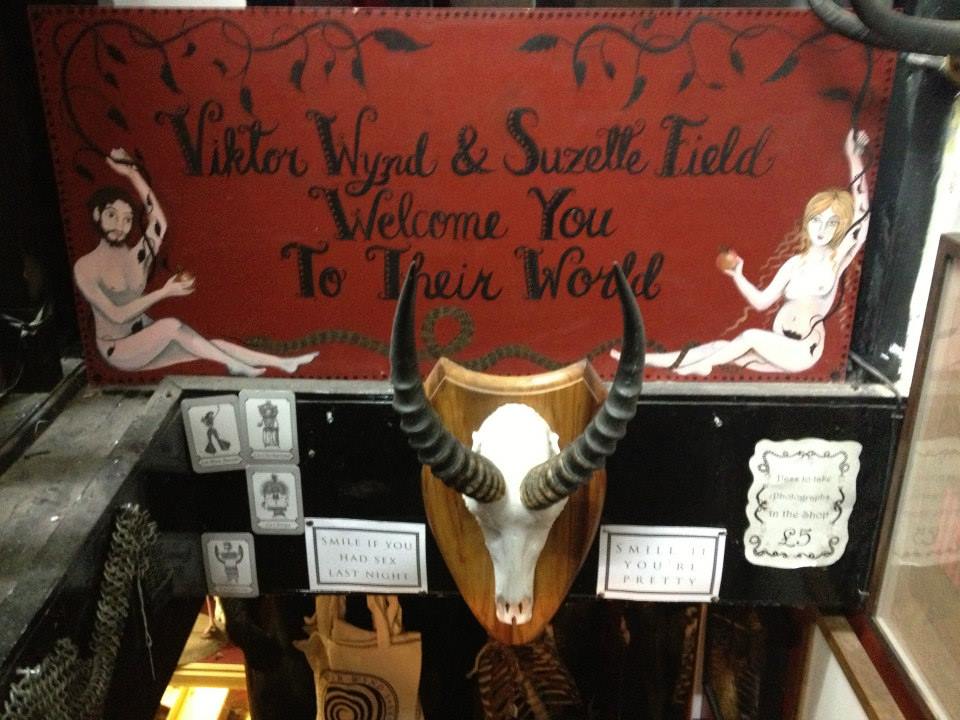

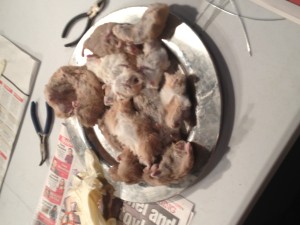
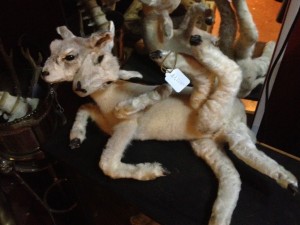
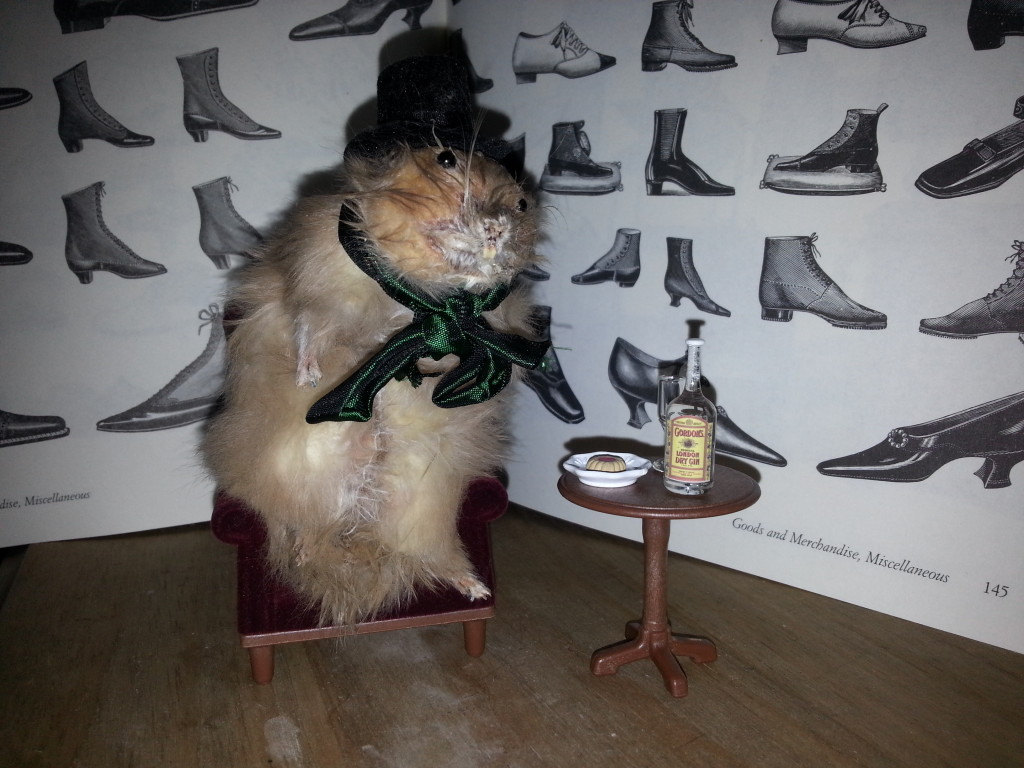
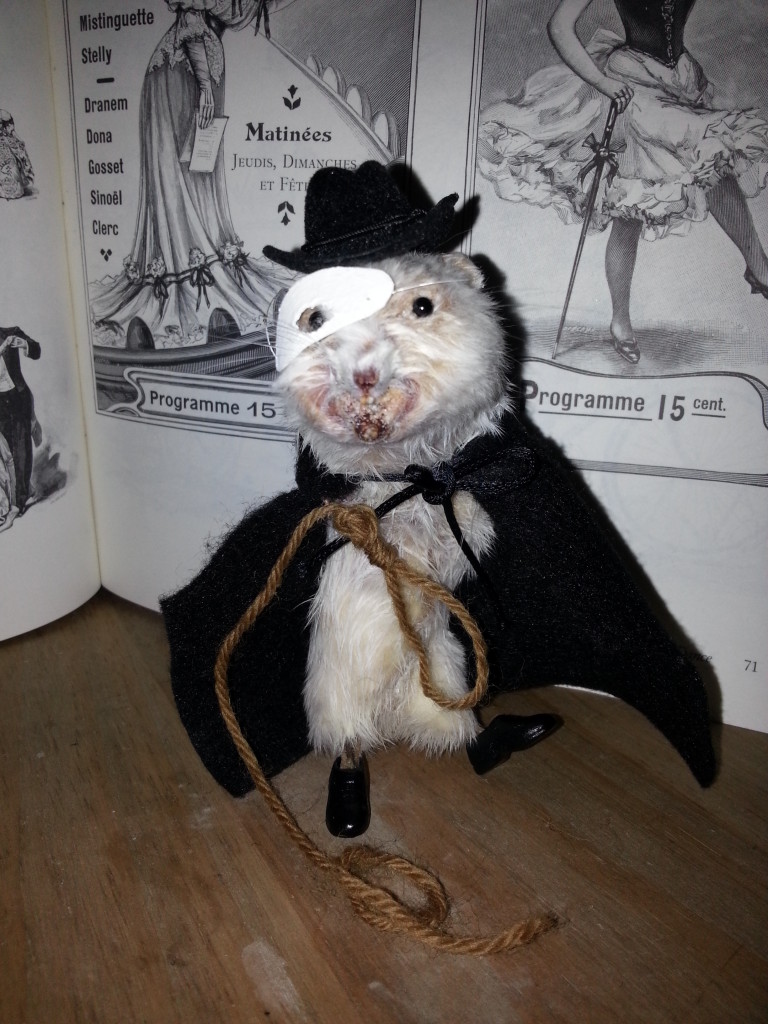
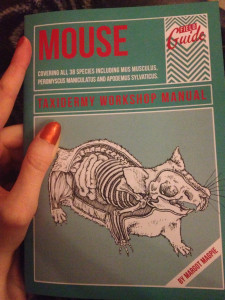 I think I was always destined to become that odd woman with a bin bag, scouring roadsides. At least now I’ll have a purpose.
I think I was always destined to become that odd woman with a bin bag, scouring roadsides. At least now I’ll have a purpose.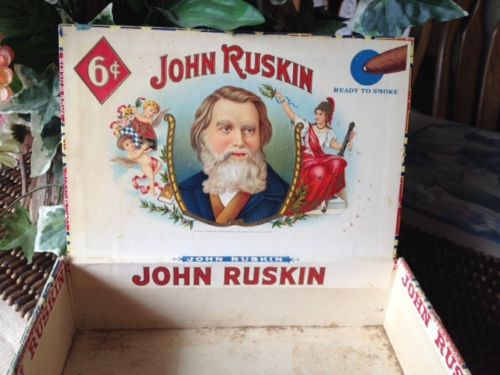 John Ruskin, rosy cheeked and inundated by cherubs, as he was in life.
John Ruskin, rosy cheeked and inundated by cherubs, as he was in life. Best and biggest! Perfecto extra!
Best and biggest! Perfecto extra!